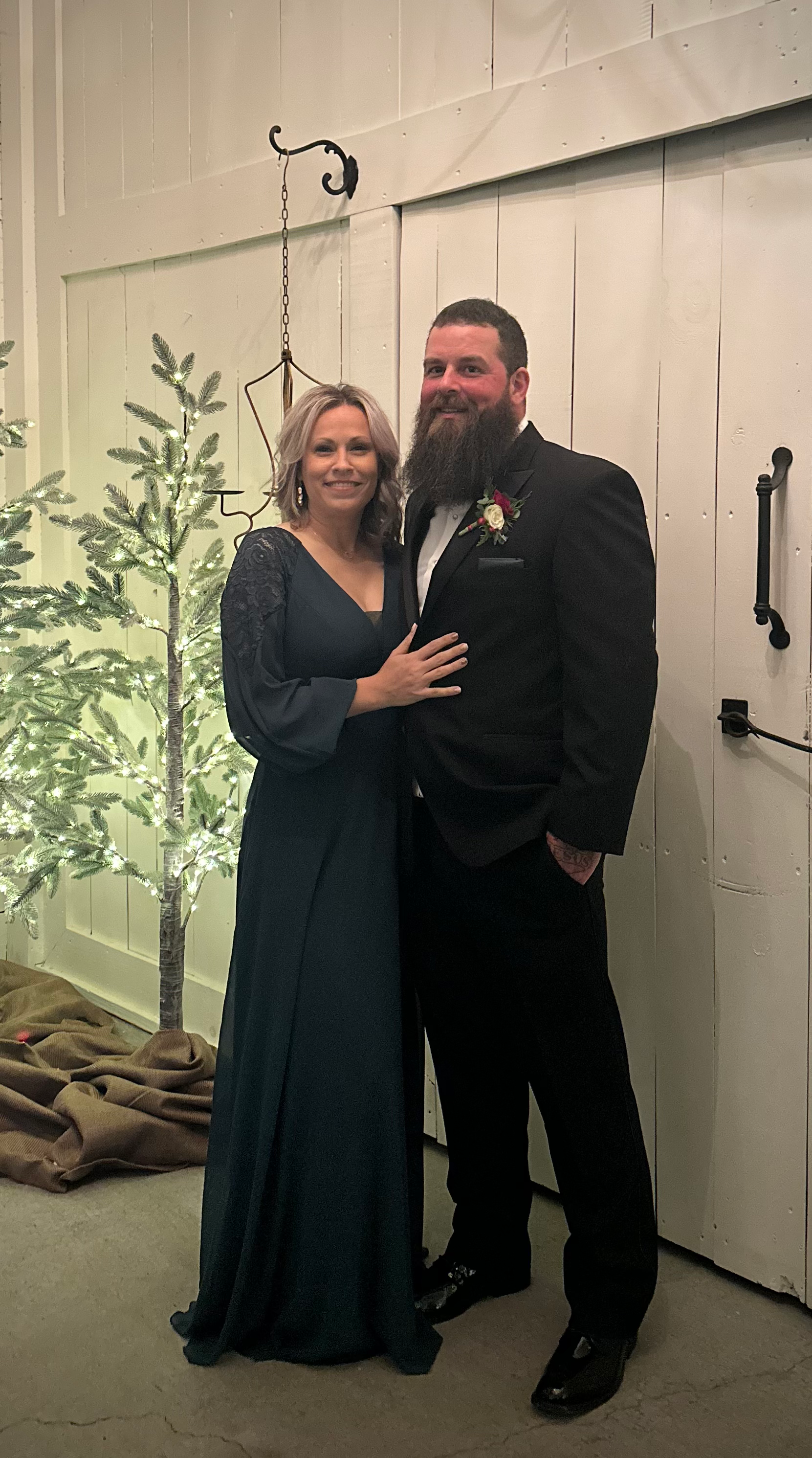What to Look for in a Responsible Dog Breeder
- Cassie’s Cavaliers

- Jun 14
- 4 min read

Finding a new furry family member is an exciting journey, but choosing the right dog breeder is critical. A responsible dog breeder prioritizes the health and well-being of their pets, ensuring that you bring home a happy and healthy companion. In this article, we will discuss important factors to consider when selecting a responsible dog breeder, particularly if you're interested in breeds like the Cavalier King Charles Spaniel.
Understanding the Role of a Responsible Breeder
A responsible breeder is someone who breeds dogs with knowledge, care, and ethics. This includes everything from verifying the health of the parent dogs to ensuring that they are well-socialized and happy. Unfortunately, there are many irresponsible breeders out there who don't have the best interests of the dogs at heart. Here are key traits to look for when searching for a responsible breeder:
Health Testing: A responsible breeder conducts health tests on their breeding dogs to screen for genetic issues that are common in the breed.
Knowledgeable: They should be knowledgeable not just about the breed standards, but also about the specific health traits and personality characteristics of their dogs.
Environment: A good breeder raises their puppies in a safe, clean, and stimulating environment.
Commitment to Follow-Up: A responsible breeder is always available for questions or concerns after the sale of the puppy and encourages you to stay in touch.
Recognizing the Signs of Quality Breeding Practices
When you first contact a breeder, pay attention to how they interact with you. A responsible breeder should be interested in finding the right home for their puppies, not just making a sale. Here are some signs of quality breeding practices:
Questions for You: Reputable breeders should ask about your lifestyle and home environment to ensure their puppies are placed in a suitable, loving setting that aligns with the breed’s needs.
Visiting the Breeder: While it’s common to expect an invitation to visit a breeder’s home, responsible breeders may limit or restrict in-person visits to safeguard the health of their mothers and puppies. During the early stages of life, puppies are highly vulnerable to illness, and even brief visits can introduce harmful bacteria or viruses into their environment. Instead, reputable breeders often share regular photo and video updates so you can enjoy watching your little one grow and see their progress every step of the way.
Puppy Veterinary Care: All puppies should be up-to-date on veterinary care prior to going to their new homes. This includes a thorough physical examination at six weeks of age, current vaccinations, routine deworming, and a health check to ensure each puppy is healthy, thriving, and ready for a smooth transition to their new family.
Lifetime Commitment: The best breeders will offer a contract that ensures they are available for advice throughout the lifetime of the dog.
Who are Cavalier King Charles Spaniels Named After?
The Cavalier King Charles Spaniel is a breed steeped in history. Established in the 17th century, the breed is named after King Charles II of England, who was a passionate admirer of these small, affectionate dogs. The breed has evolved over the years but has remained a favorite for its charming demeanor and loyalty. Understanding the background of the breed can help you appreciate the significance of finding a responsible breeder.
Genetic Health Concerns
Cavalier King Charles Spaniels are prone to a number of hereditary health issues, such as mitral valve disease, hip dysplasia, and syringomyelia. Responsible breeders conduct genetic screenings and health tests to minimize these risks. They should provide documentation of health clearances and be transparent about any potential genetic concerns related to the breeding line.
Evaluating the Breeder's Reputation
In today's digital age, it's easier than ever to research breeders.
Online Reviews: Look for testimonials and reviews online. Sites like Google, Yelp, and dedicated breed forums can offer insights into a breeder’s reputation.
Referrals: Speak with veterinarians or dog trainers to get recommendations. They often have connections to reputable breeders.
What Comes After You Choose Your Breeder?
Once you have chosen a breeder, the next steps are equally important:
Puppy Purchase Agreement: Carefully read and understand the purchase agreement. Responsible breeders will have a contract that provides security for both parties.
Health Guarantee: Ensure that there is a health guarantee included in the sale, covering potential health issues that may arise shortly after bringing the puppy home.
Transition Period: Expect a transition period where the puppy may need time to adjust to its new home. A good breeder will provide support during this challenging time.
Choosing a responsible breeder is one of the most important steps in welcoming a new dog into your family. The right breeder will not only equip you with a healthy and well-tempered puppy but also provide ongoing support.
As you consider a Cavalier King Charles Spaniel, look no further than Cassie’s Cavaliers for their commitment to ethical breeding practices, health, and the welfare of their dogs.
Building a Forever Bond
Bringing home a puppy is just the beginning. It's essential to establish a healthy relationship with your new dog based on trust and mutual understanding. Spend quality time socializing and training your puppy to help them adjust to their new environment.
Provide them with a safe space, quality food, regular veterinary care, and plenty of exercise. Building a routine will not only help your puppy feel secure but also strengthen your bond.
In summary, selecting a responsible dog breeder is crucial for finding a healthy, happy puppy. Keep these tips in mind during your search, and you will be well on your way to finding your perfect four-legged friend.



Comments